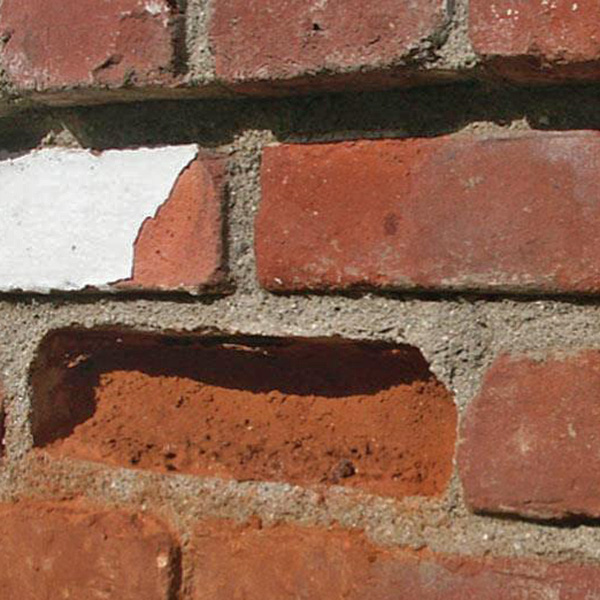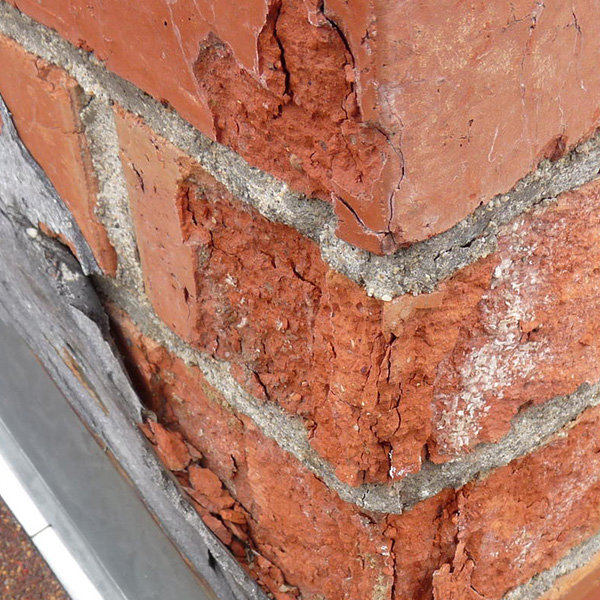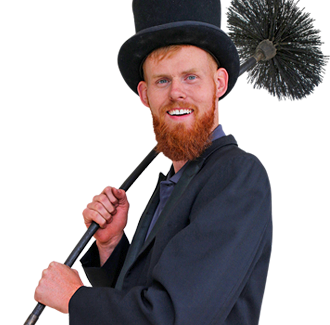What Signs to Look for in a Damaged Chimney
 The essential home feature during the winter is the chimney. While you’re firing up your fireplace or heating stove to keep your loved ones warm, this stately structure is expelling smoke, soot, and other dangerous gases. But just because it appears to be functioning normally doesn’t mean that it does not require repair.
The essential home feature during the winter is the chimney. While you’re firing up your fireplace or heating stove to keep your loved ones warm, this stately structure is expelling smoke, soot, and other dangerous gases. But just because it appears to be functioning normally doesn’t mean that it does not require repair.
Old Man Winter, Mother Nature, and normal wear and tear can cause it to show its age. There may be cracks in the masonry along the surface, unsightly stains, excessive creosote stuck in its flue and throat, a rusted damper that doesn’t close snugly, and other damages. That is why scheduling an annual chimney inspection is necessary. Doing this will not only keep the chimney performing its best, but it will also help detect potential problems earlier.
Spalling Bricks
Spalling bricks is perhaps the most evident indication of chimney damage. It occurs when water penetrates bricks, natural stones, or concrete. It causes bricks and masonry to crack and split and damages the mortar joints. As the condition worsens, water will leak through gaps in the masonry. Bricks or stones will loosen and fall from the chimney leading to severe structural issues and eventually a complete collapse. In its early stages, spalling bricks are easily repaired through a process called tuckpointing. But severe cases may require a chimney renovation.
White Stains
When you notice the bricks or masonry is covered with white stains, commonly called efflorescence, it is a clear sign of water damage. If neglected, it can cause premature deterioration of the chimneys as the bricks begin to crumble like sand. Merely cleaning the white stains doesn’t solve the problem. A chimney masonry expert will first need to repair any damaged bricks or stones then will apply a water-resistant sealant that will form a protective coating to prevent water from penetrating the masonry.
Water Leaks
Water and excessive moisture are absolute chimney killers. You may notice moisture dripping into the firebox when it rains and stains in the ceiling and on the walls near the fireplace or wood stove. Some common causes include cracks in the chimney crown, damaged or non-existent chimney cap, and warped flashing, among others. In addition to softening the masonry, a chimney leak can rust the damper and other metal components and attract mold, pests and even cause wood rot. Any sign of a water leak should not be ignored. A chimney professional will need to inspect the chimney system to uncover the source of the leak and make the necessary repairs.
 Shaling
Shaling
Shaling is another sign of chimney damage, particularly with clay tile chimney liners. It occurs when small pieces of material are falling off the flue liner. When this happens, bits and pieces of clay will fall to the floor of the firebox. It can be challenging to spot when it’s mixed with ash. The flue liner is crucial to the safe operation of your fireplace or heating stove. Any cracked or shaling flue tiles is a severe condition that increases the risk of fire and should be repaired quickly by qualified chimney repair professionals.
If your chimney has one or more of the above signs of chimney damage, contact us to schedule a chimney inspection.








